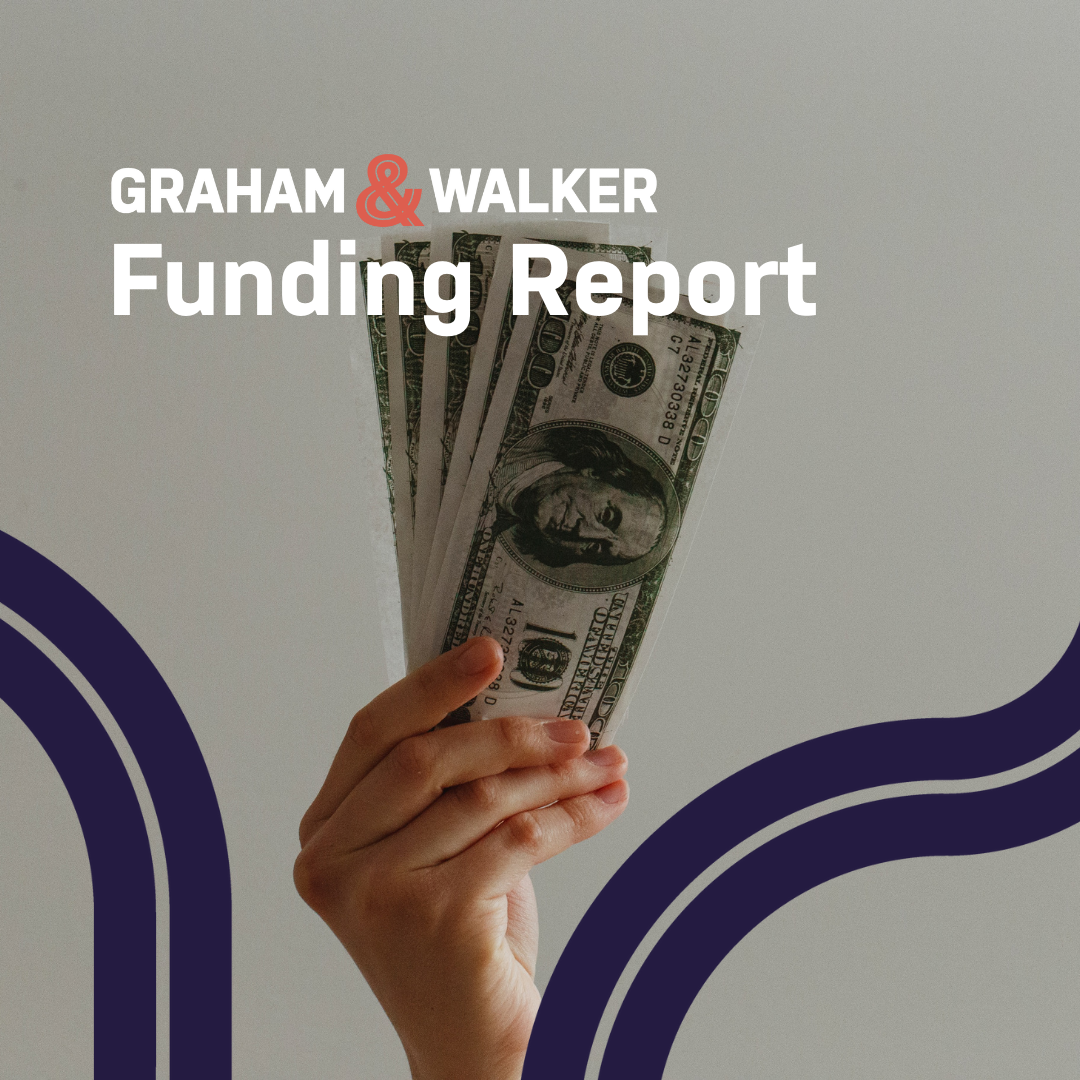This edition of “Ask the Expert” is brought to you by Fuel Talent. We asked Shauna Swerland, Fuel Talent’s CEO and Founder, about how to hire and onboard remotely to compete for top talent. Read on for her insights.

Q: How has remote work impacted hiring?
Number one, there is now a level playing field which means you can recruit out of any geography. It has become more competitive, and now more than ever, companies from larger markets are targeting Seattle – we have one of the best talent pools in the country.
We are now constrained by not being able to sell cool office space, bagels on Friday, ping pong daily, or a keg in the office. It is especially important to emphasize employer branding and start selling and distinguishing your culture.
Candidates are making decisions on the following factors: the team, the impact they can make, the compensation, the mission of the company, and the ability to grow. The market is so busy and the most successful hiring managers are ready to move quickly and they provide:
– A strong job description that accurately portrays your culture and a day in the life
– Transparency around the salary and equity portion of the offer (hopefully competitive
numbers)
– A commitment from leadership to help close the candidate
Q: What should I be considering as I bring on new hires who have not met the team in person and may be working remotely or in a hybrid model?
We have supported our clients through fully remote and hybrid models for onboarding, and a few key practices to consider include:
1. Don’t stop at the start date, have a plan for a strong onboarding process.
a. Create anchoring events, starting with their first day. There is nothing worse than a candidate being left without direction and not knowing who to turn to, and this comes down to first impressions. Candidates come in excited and hopeful for their new opportunity, but it is also like their first day of school and they might be uncomfortable and need to have structure provided on where to go and who to call if they have questions or concerns. Designate an onboarding buddy and make sure to have a plan for the employee’s first day, first week, and bi-monthly from there. Set them up for success with proactive, structured check-ins.
2. Make sure all internal communications systems and tools are clear, and the proper training is available.
a. Think through the norms of how your team shares information – do you utilize Slack, Teams, or email? When is it appropriate to text or call? Outline this for every new hire so they do not waste time with inefficiencies. This will also help them feel included.
3. Within the first week or two, plan a virtual social hour focused on meeting the whole team / company (depending on company size – but certainly with their immediate team, including who they are reporting into and collaborating with) a. For a startup, it is important to have representation from various business lines and functions, including product, engineering, marketing, sales, HR, and operations so that they are already in the mindset of collaboration.
4. Have the CEO meet one-on-one within the first week to talk about the vision, values, and strategy of the company, as well as expectations around communication and work hours (which hopefully reiterates what was already covered in the interview process).
5. Relationships drive success, encourage video meetings wherever possible.
a. Many companies are starting to have a hybrid model and the feedback is that the people at home feel isolated and those in-person feel interrupted by the chaos of the mix of the two. To have everyone feel included, one thing that can be effective is to have a camera setup (like the Meeting Owl Pro) and/or someone moderating the virtual components of the meeting. Their job is to make sure those on Zoom have their voice heard and they are encouraged to feel safe asking for a repeat if they cannot follow what is happening. As we know, the in- person banter that happens naturally as side conversations does not happen via Zoom
6. Schedule a team gathering in-person as soon as possible, even if remote
a. The sooner you can get people meeting in person, the better. If this is not possible because you are 100% remote, plan as many social events that include icebreakers and team building. Some ideas, and things that we have done as a team at Fuel, include a virtual cooking class, escape room, yoga class, happy hour, and outdoor distanced picnics. These provide opportunities to know what everyone is about and build the relationship outside of the office.
The bottom line is that feeling connected and engaged at work creates stickiness. Happy employees create better experiences for customers and ultimately this has a direct impact on culture and growth. The best way to make people feel connected is by overcommunicating. We have learned so much from our amazing clients on best practices around recruiting and onboarding candidates in this new work environment. We welcome any feedback and look forward to continuing to learn from our community.
About Shauna:

Shauna Swerland, Founder &CEO, Fuel Talent LLC
Shauna founded Fuel Talent, a Seattle-based boutique recruiting firm, in 2013 after having been in the Search industry for nearly 20 years.
Prior to Fuel, she spent two decades living in San Francisco and New York, opening eight offices – hiring, training and managing over 100 recruiters, all while building lasting relationships.
When she returned home to Seattle, she realized there was a market need for a high-touch, one-stop shop that could service multiple recruiting needs within one firm.
Fuel Talent has since been recognized as one of the fastest-growing companies, largest woman-owned companies and best workplaces in Washington.

